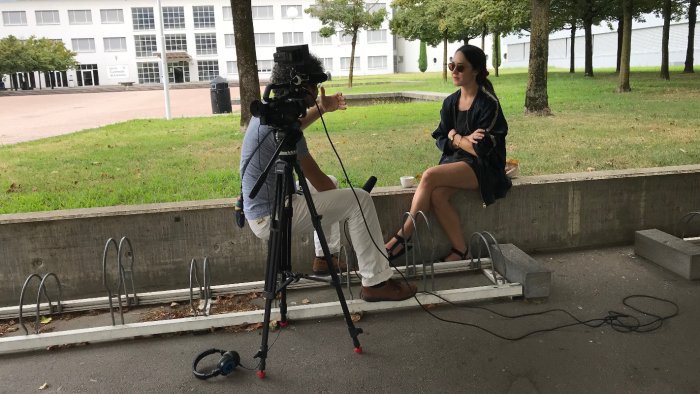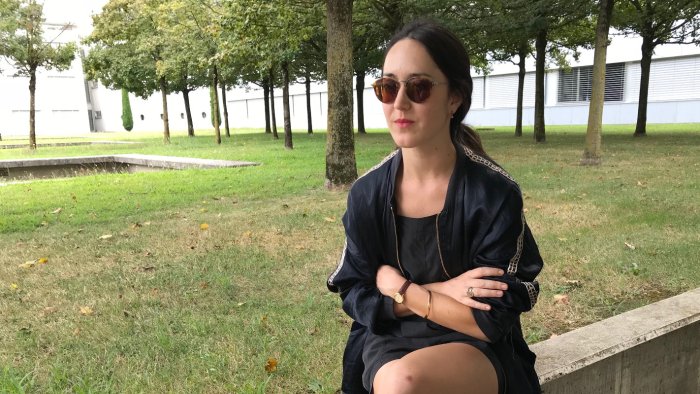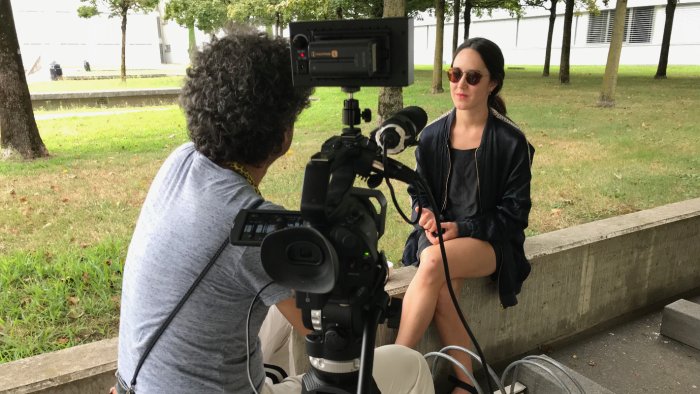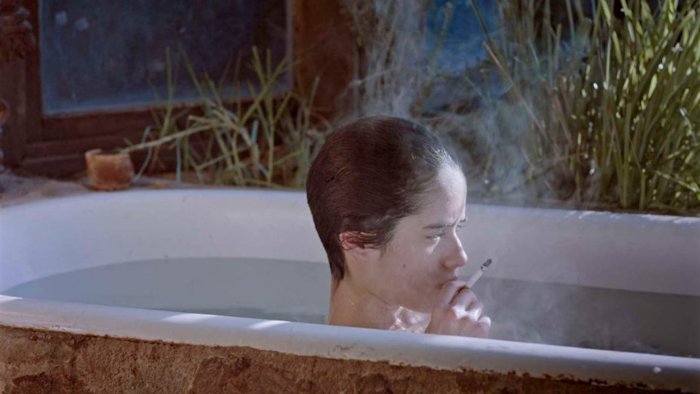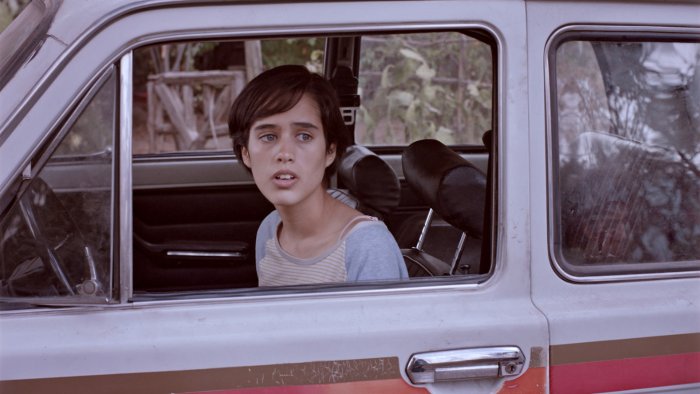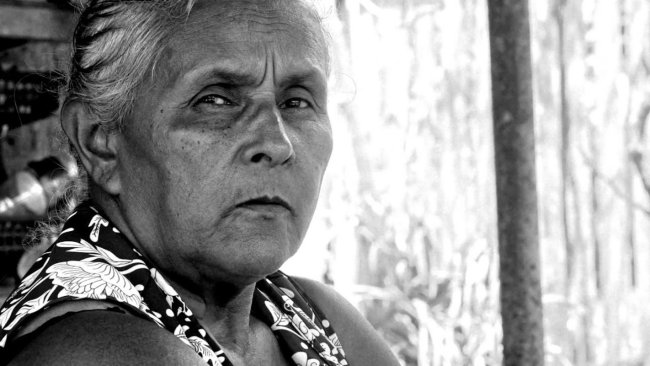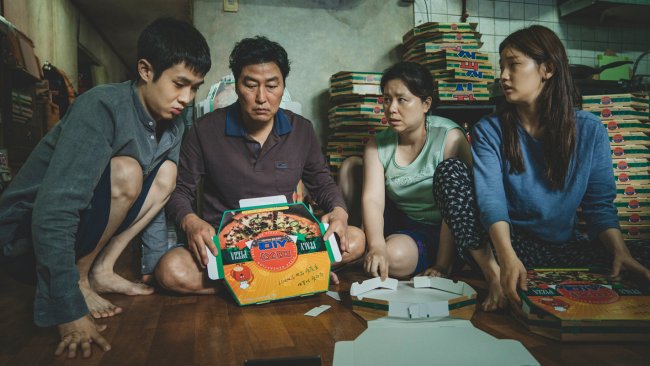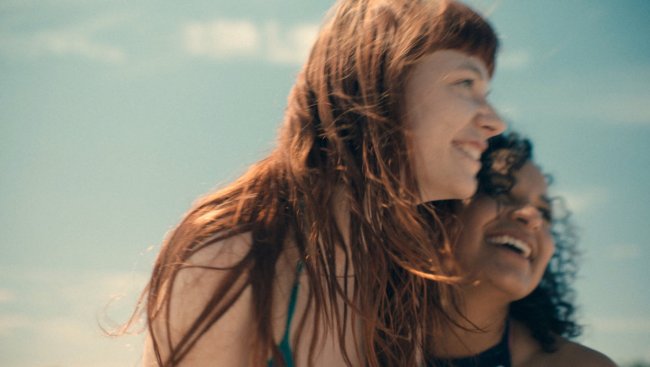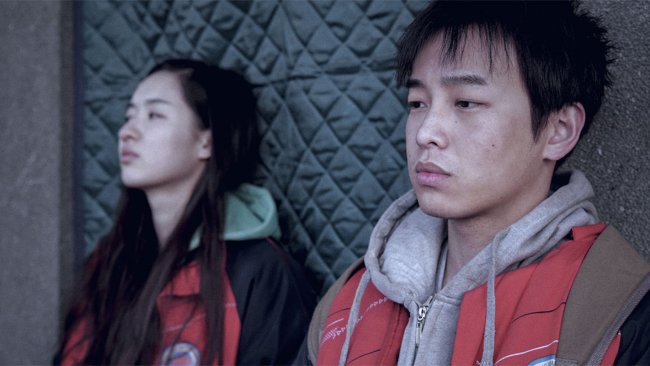Tarde para morir joven | Dominga Sotomayor
[…] Inti Briones’ camera brilliantly follows the choreography of the scenes and, together with an accurate editing (Catalina Marín), is responsible for the exceptional fluidity in the unfolding of the story. The point of view of the individual continually shifts into the point of view of the group, to come back to the one of the individual, and so on.
[…] There is more than one centre in «Tarde para morir joven» – and Sofìa's hypnotic androgyny represents nothing but the concept of transformation, evolution.
Text: Giuseppe Di Salvatore | Audio/Video: Ruth Baettig
It is a story of coming-of-age, Sofìa's story, but also a story of coming-of-epoch – one should say – for Dominga Sotomayor's Tarde para morir joven focuses on the moment Chile took its first steps after Pinochet's dictatorship. Sotomayor puts on the screen memories from her childhood, when she lived in a sort of hippie community outside the town, while simultaneously she re-creates a world, today, with a team of actors and non-actors: the collective utopia of a country trying to find a new start joins the choral work for the film shooting. Sotomayor portrays not just the hopes of the past utopias but also the illusions, perfectly showing how the attempt to live together, to expand the idea of family, cannot conceal the tensions and wounds of blood relatives: privacy and individuality finally prevail through their centrifugal force.
On the other side, the film team seems to work at its best in imparting to us the sense of a choral collaboration. Inti Briones’ camera brilliantly follows the choreography of the scenes and, together with an accurate editing (Catalina Marín), is responsible for the exceptional fluidity in the unfolding of the story. The point of view of the individual continually shifts into the point of view of the group, to come back to the one of the individual, and so on. Moreover, even if Sofìa is the main character, we often see the world from the perspective of other characters as well. There is more than one centre in Tarde para morir joven – and Sofìa's hypnotic androgyny represents nothing but the concept of transformation, evolution.
Genuine elements of social analysis make Sotomayor's film even richer: the almost always implicit tension between the community and the “normal” people of the town nearby, for example, or the difference between the generation of the adults – apparently more selfish and irresponsible – and the generations of the children – astonishingly collaborative and responsible – gives complexity to a film that displays much more than a coming-of-age story.
The general organic character of the storytelling notwithstanding, Sotomayor has not only worked to (re-)create a world that matches her story, so that she can leave room for improvisation for the actors and non-actors, but she has also provided us with carefully designed scenes that are little filmic gems. Such is the case of the opening scene, where the camera is inside the car and, with minimal elements, can register and express all the dramatic tensions between the people, between the countryside and the town, between the interior and the exterior. Here, through the character of the dog, she introduces an element that plays on a symbolic or paradigmatic level throughout the rest of the story – an aspect that reinforces the complexity of style of a film that is definitely more than naturalistic.
To this, we have to add admiration for the quality of the musical track, which constantly accompanies the narration. The music conveys much – giving us a historical perspective as well – and works as an orientation tool within the group in stressing the social and generational differences. Timeless traditional songs, old pop hits and recent (for the end of the Eighties) rock music, but also improvised music and songs that have been created for the film – the musical line constitutes a parallel journey that makes Tarde para morir joven even more accomplished and mature.
Info
Tarde para morir joven | Film | Dominga Sotomayor | CHL-BRA-ARG-NL-QAT 2018 | 110’ | Locarno Festival 2018, Concorso internazionale
Best Director Award at Locarno Festival 2018
First published: August 16, 2018
